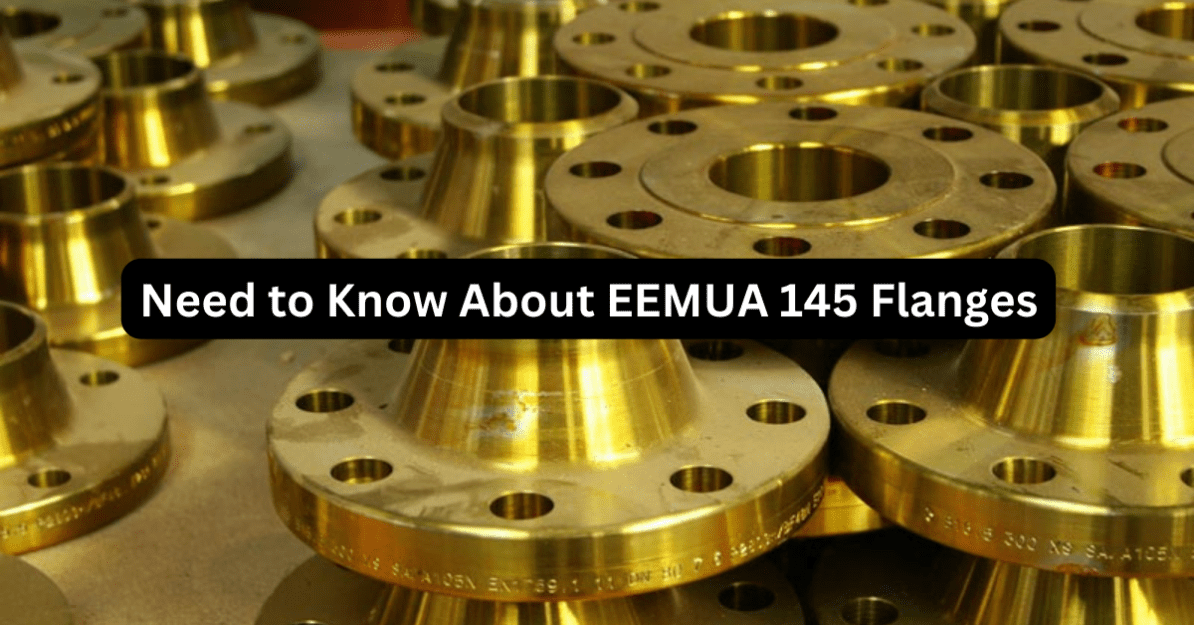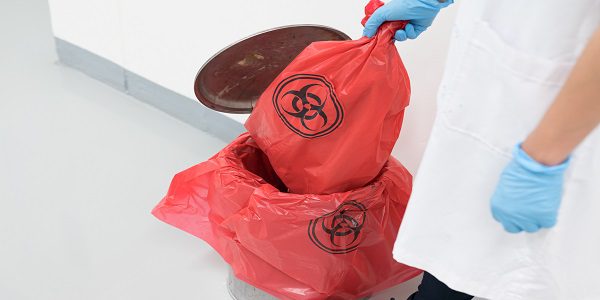Need to Know About EEMUA 145 Flanges

If you’re operating within the industrial sector and have encountered the term “EEMUA 145 flanges,” you might be curious about its significance and relevance. Notably, the Engineering Equipment and Materials Users Association (EEMUA) has formulated the EEMUA 145 specification, which encompasses the design, manufacturing, and utilization of flanged joints within industrial piping systems. In this blog post, we’ll take a closer look at EEMUA 145 flanges, their various types, and why they matter in the industrial world.
What are EEMUA 145 Flanges?
The focus of designing EEMUA 145 flanges is to establish secure and dependable connections among pipes, valves, fittings, or other equipment within an industrial piping system. Furthermore, the EEMUA 145 specification outlines the necessary requirements for the design, materials, manufacturing, and testing of this product.
There are three types of EEMUA 145 flange, each designed for specific purposes:
A: For general-purpose applications, where the flange is used on both sides of a joint and to make connections with different sizes of pipework.
B: In high-pressure or temperature applications, where the flange is utilized on both sides of a joint and could experience thermal expansion or contraction.
C: In the context of welded applications, the flange is employed on one side of a joint, with welding being utilized to securely fasten it in position.
Why are EEMUA 145 Flanges Important?
EEMUA 145 flanges are essential for the safe and reliable operation of industrial piping systems. They must withstand high pressures, extreme temperatures, and corrosive materials, which can cause wear, erosion, and leakage. They meticulously outline the materials, dimensions, and testing prerequisites, guaranteeing that flanges can withstand these rigorous conditions. It’s paramount to adhere to the EEMUA 145 specification as it plays a crucial role in ensuring that flanged connections are not only safe and secure but also entirely leak-free.
Comparing EEMUA 145 to Other Flange Standards
There are many different flange standards in use worldwide, such as ANSI, ASME, and DIN. While these standards have their own unique features, EEMUA 145 stands out in some key areas. For example, these products have higher pressure ratings and tighter dimensional tolerances than many other flange standards. Additionally, they utilize specific materials for gaskets, studs, and nuts, custom-tailored to withstand chemical attacks or exposure to high temperatures. The specific intention behind designing EEMUA 145 flanges is to offer a heightened level of safety and reliability, especially in demanding applications.
Repairing or Replacing EEMUA 145 Flange
If an EEMUA 145 flange or joint fails or becomes damaged, it’s essential to repair or replace it as soon as possible. EEMUA 145 outlines the requirements for inspecting, maintaining, and repairing flanges, necessitating assessment and repair by personnel with proper training. Avoid modifying, welding, or repairing these products with non-compliant parts or procedures, as this could potentially lead to failures or leaks. To maintain the integrity of the piping system, it’s important to carry out any repairs or replacements in accordance with the EEMUA 145 specification.
Conclusion:
EEMUA 145 flanges are an essential part of industrial piping systems, providing safe and reliable connections in demanding applications. By specifying the materials, dimensions, and testing requirements, EEMUA 145 ensures that flanged joints are suitable for withstanding high pressures, extreme temperatures, and corrosive substances. Compliance with the EEMUA 145 specification is critical in ensuring the safety and reliability of flanged connections. It’s essential to assess, repair, or replace any damaged or failed EEMUA 145 flanges promptly and according to the specification, to maintain the integrity of the piping system.




